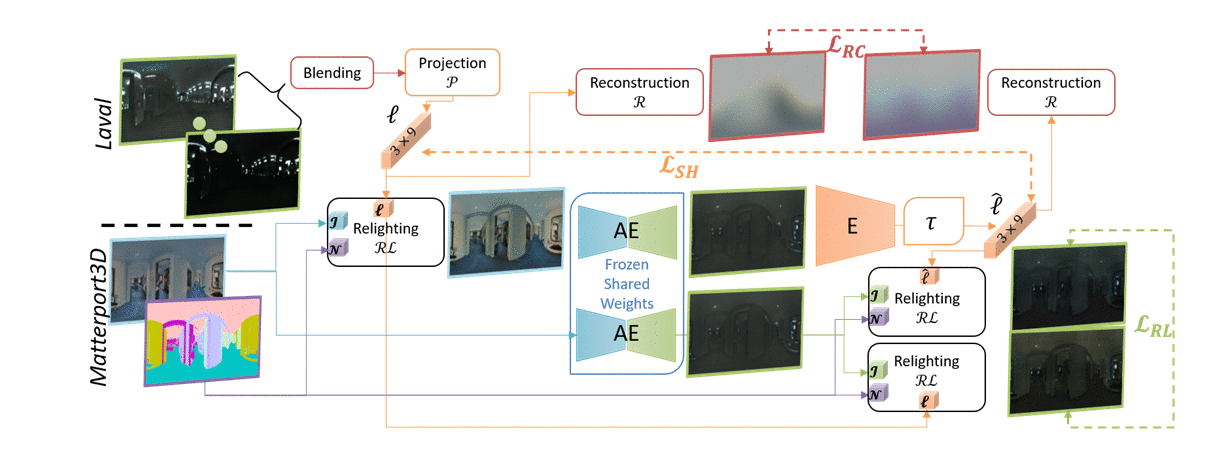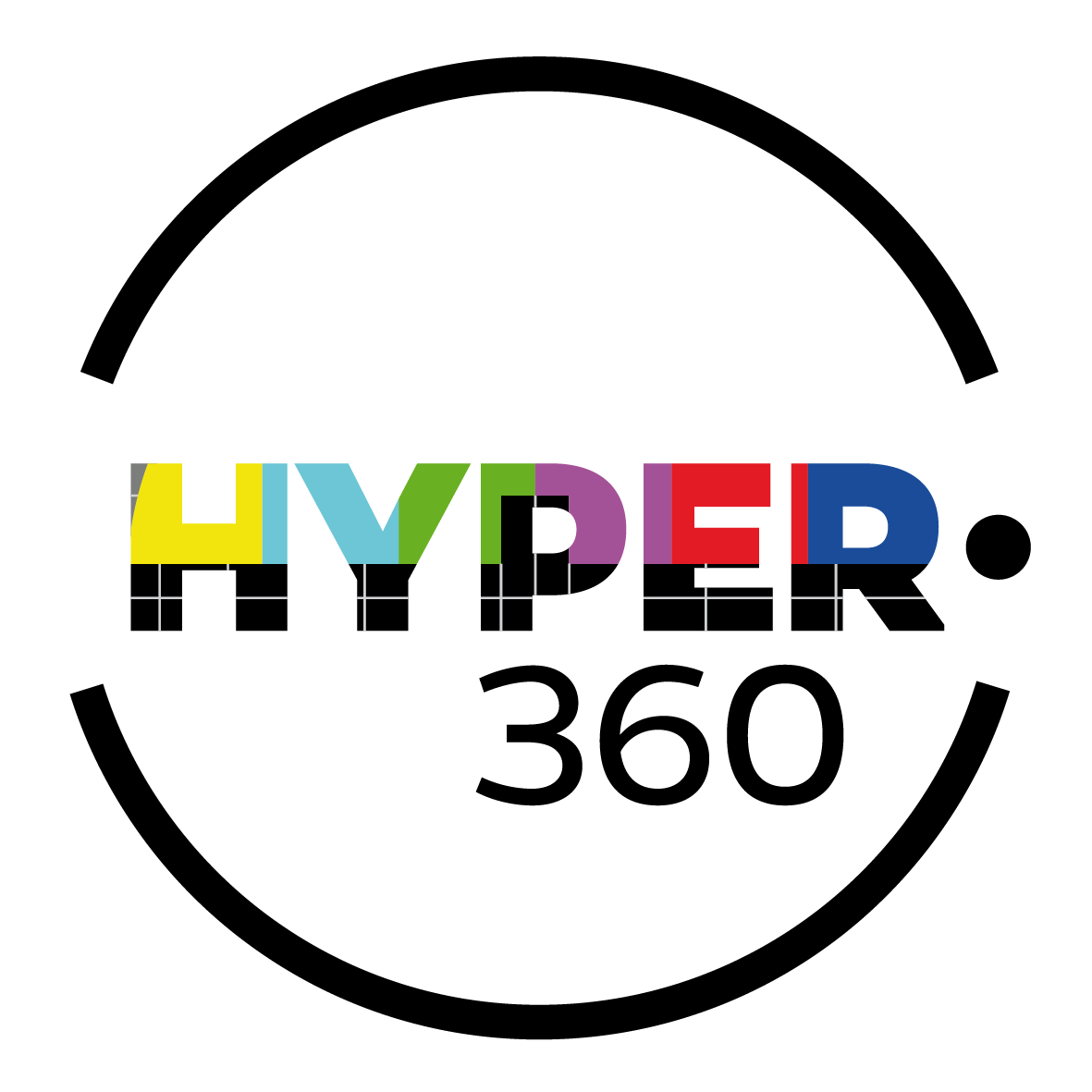Abstract

Estimating a scene’s lighting is a very important task when compositing synthetic content within real environments, with applications in mixed reality and post-production. In this work we present a data-driven model that estimates an HDR lighting environment map from a single LDR monocular spherical panorama. In addition to being a challenging and ill-posed problem, the lighting estimation task also suffers from a lack of facile illumination ground truth data, a fact that hinders the applicability of data-driven methods. We approach this problem differently, exploiting the availability of surface geometry to employ image-based relighting as a data generator and supervision mechanism. This relies on a global Lambertian assumption that helps us overcome issues related to pre-baked lighting. We relight our training data and complement the model’s supervision with a photometric loss, enabled by a differentiable image-based relighting technique. Finally, since we predict spherical spectral coefficients, we show that by imposing a distribution prior on the predicted coefficients, we can greatly boost performance
Overview
We use the uncoupled limited Laval HDR lighting dataset ([1]) and the larger 3D60 color and normal dataset ([2]) jointly, coupling them through relighting in order to learn a single-shot HDR lighting estimator from a single LDR spherical panorama.

Relighting-based Supervision

Results
Qualitative results for virtual object rendering in real scenes with the lighting estimated by our model.












Images are in-the-wild samples from HDRiHaven. Three materials are used: a conductor(reflecting mirror), rough plastic and another conductor(gold). On each row, the leftmost image is the panorama, while the rightmost show perspective render (viewport denoted within the panorama).
Publication
Authors
Vasilis Gkitsas *, Nikolaos Zioulis *, Federico Alvarez, Dimitrios Zarpalas, and Petros Daras
Citation
If you use this code and/or data, please cite the following:
@inproceedings{gkitsas2020deep,
title={Deep lighting environment map estimation from spherical panoramas},
author={Gkitsas, Vasileios and Zioulis, Nikolaos and Alvarez, Federico and Zarpalas, Dimitrios and Daras, Petros},
booktitle={Proceedings of the IEEE/CVF Conference on Computer Vision and Pattern Recognition Workshops},
pages={640--641},
year={2020}
}
Acknowledgements
This project has received funding from the European Union’s Horizon 2020 innovation programme Hyper360 under grant agreement No 761934.
We would like to thank NVIDIA for supporting our research with GPU donations through the NVIDIA GPU Grant Program.



Our code borrows from Spherical harmonics for radiance maps created by Andrew Chalmers
Contact
Please direct any questions related to the code & models to gkitsasv “at” iti “dot” gr or post an issue to the code repo.
References
[1] Gardner, M. A., Sunkavalli, K., Yumer, E., Shen, X., Gambaretto, E., Gagné, C., & Lalonde, J. F. (2017). Learning to predict indoor illumination from a single image. ACM Transactions on Graphics (TOG), 36(6), 1-14.
[2] Karakottas, A., Zioulis, N., Samaras, S., Ataloglou, D., Gkitsas, V., Zarpalas, D., and Daras, P. (2019). 360o Surface Regression with a Hyper-sphere Loss. In Proceedings of the International Conference on 3D Vision (3DV).
